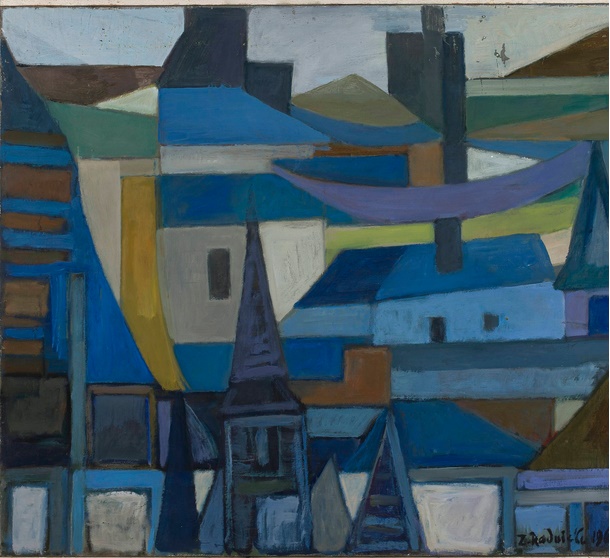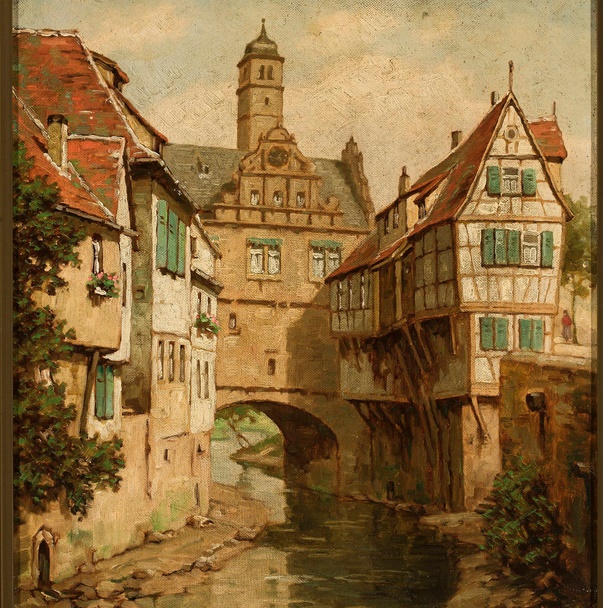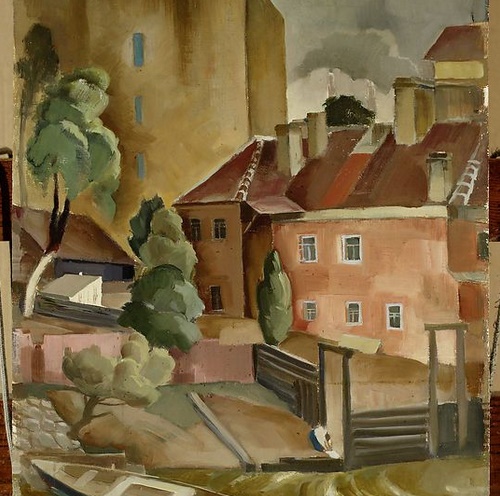The City

Very many meanings, metaphores, philosophical and sociological references and, what is most important for the Digital Libraries Federation readers – kinds of digital objects can be found in means of “the city”. Below, we present as well very important publiacations for science narration and city researches in 20th century, as some casual painting impressions connected the cities. The city in this case is not only the physical view of the architecture and street net, but also a whole complicated system of relations between groups of townspeople, space and their availability, urban politics supporting or neglecting some activities, and also traditions and dependency from the times we look at chosen urban tissue. We don not often present longer text objects, but in this subject, DLF contains so comely wealth of publications, that this choice will definitely be appreciated by sociologists, culture experts, historicians, researchers and also people involved in various forms of urban activism.
Firstly, a publication available on the Platform of Open Scientific Magazines UAM, which can be a right point to start with to get ready for the rest – it depicts the foundation of the “right to the city” idea by a famous philosopher and sociologist Henri Lefebvre. The article constitutes an important proposition in new way of thinking about the city, urbanism, urban strategies and social practics connected with existing only in draft, but designed by Lefebvre himself – analytic urban study. Presented text is also a passionate and utopian (in a positive way) manifesto about right to the city democratisation. On the other hand, in the Repository of Adam Mickiewicz University we can find quite interesting amplification of the idea above, among others in the article Right to the City by Kacper Pobłocki in Tygodnik Powszechny in 2010 – he modernizes Lefebvre’s theory by expressing the will of changing current urban spaces into more friendly, and suitable for marginalized social groups. The same repository shares a really appealing publication called Anty-bezradnik Przestrzenny from 2013: it is a set of intelectual and law tools, which enable citizens to admonish about ther “right to the city”. Written in a formula of an extensive magazine, by activists with 6-year experience, is a response for widely spread helplessness up against dominating “urban chaos” in Poland. It is a description of mechanics of “game of the city” and possibilities of including citizens into it. Another erticle comes from the conference called Metropolization: real problems – potential solutions, and we can find it in the Digital Library of the University of Wrocław. It depicts the development of the right to the city conception by David Harvey – it consists an urban tract between regaining and rebuilding of huge agglomerations. Other articles and researches are presented by the Repository of the Cracow University of Technology – first of tchem is an article from 2007, about Fragmentation of the city, which is a phenomenon caused by rapid changes occuring as well in social as in spatial structure. Second publication is an article by Jacek Guyrkovich referring to classic theory about public sphere – The Heart of the city, which tells that a particular feature of a shut space of urban characteristics is the performance of public spaces – spaces that let the public (social) interaction and usage of an attractive functional program, alluring users. The last from typically theoretical objects can be found in the National Digital Library POLONA – it is a treatise “Garden cities” by Ignacy Drexler from 1912, referring to the theory of Ebenezer Howard at the breakthrough of 19th and 20th century. In the same library we can find for example a Frenh teen story written by Jules Verne in 1876, whereas the modernistic tragedy “The City” can be found in Wolne Lektury portal.


